The Editorial Series on Accelerator Science and Technology was started in 2008 as a joint initiative of the EU FP6 project CARE and its successor, EU FP7 project EuCARD. Copies from the Series up to Vol.18 volumes can be ordered here, free of charge. From Vol. 18 onwards, copies can be ordered here. If you need help with ordering, please contact us.
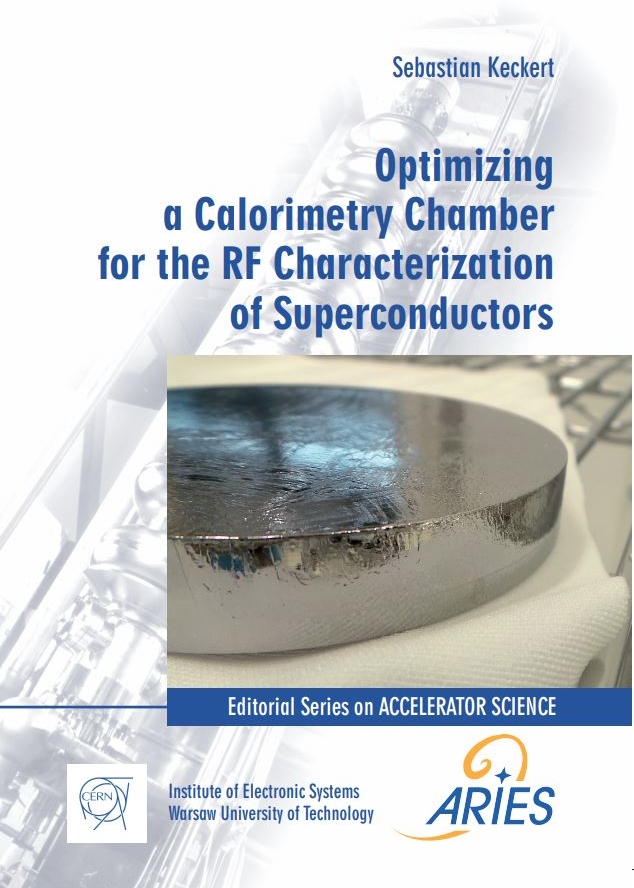 |
Vol. 46: Optimizing a Calorimetry Chamber for the RF Characterization of Superconductors Sebastian Keckert, MSc Thesis, 75 pages In this thesis an optimized calorimetry chamber is developed, providing flat and easy mountable samples. Furthermore, it enables exchangeability of samples between the resonators at HZB and CERN. |
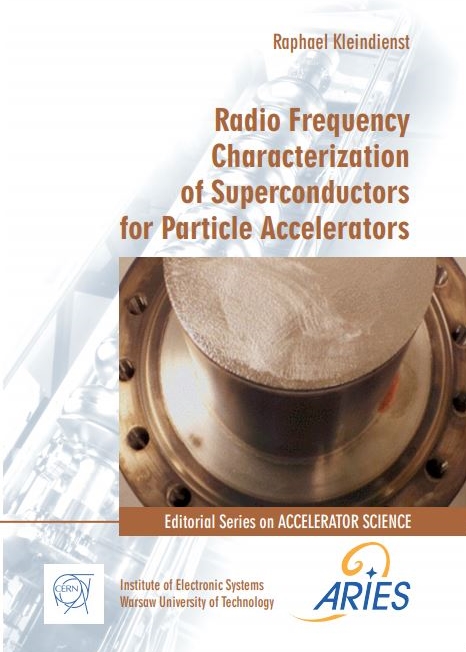 |
Vol. 47: Radio Frequency Characterization of Superconductors for Particle Accelerators Raphael Kleindienst, PhD Thesis, 157 pages Within this work, the design, production and commissioning of an optimized Quadrupole Resonator is presented. |
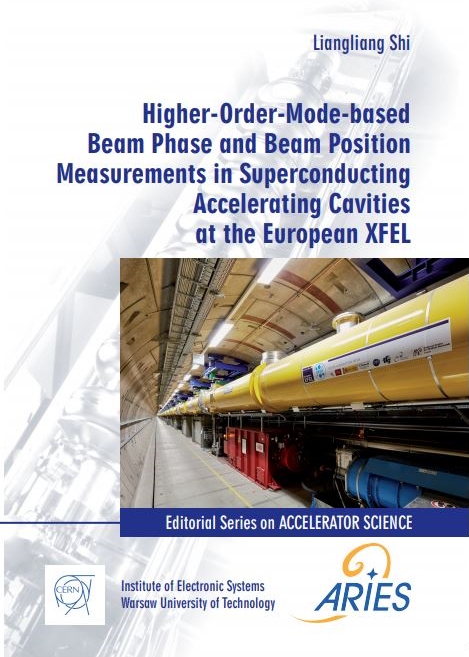 |
Liangliang Shi, PhD Thesis, 183 pages I have designed and instrumented unconventional beam phase monitors based on monopole modes in TESLA cavities and demonstrated a routine resolution of 0.1° with a broadband setup. |
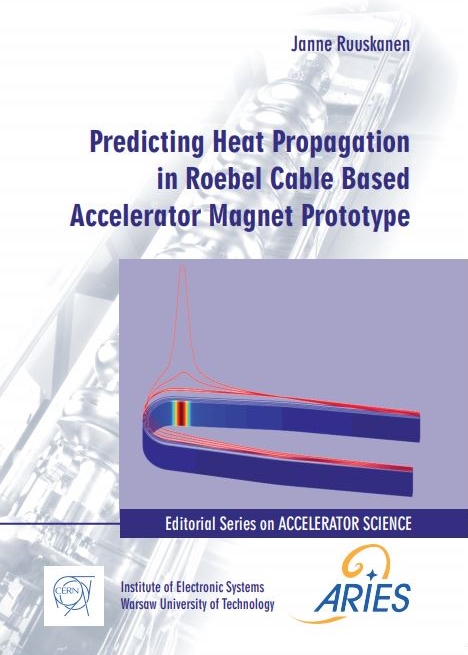 |
Vol. 49: Predicting Heat Propagation in Roebel Cable-based Accelerator Magnet Prototype Janne Ruuskanen, MSc Thesis, 64 pages In this thesis, quench modelling of superconducting magnets is discussed. Moreover, a simulation tool was developed for quench simulations suitable for large superconducting devices. The tool utilizes a novel numerical approach to solve three-dimensional (3-D) heat diffusion in one-dimensional (1-D) modelling domain. |
 |
Vol. 50: Thermomechanical Response of Advanced Materials under Quasi-Instantaneous Heating Federico Carra, PhD Thesis, 280 pages This PhD thesis focuses on the latter scenario, where the heat deposition rate is high enough to lead to the origination of stress waves, propagating from the locally-heated zone to the surrounding of the structure, and superposing with the quasi-static stress field. |
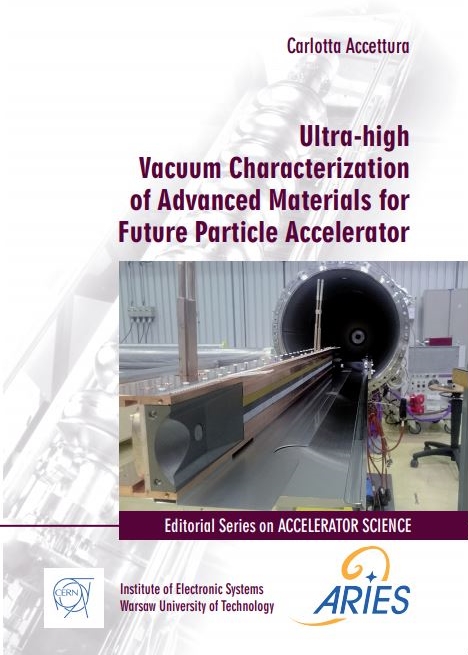 |
Vol. 51: Ultra-high vacuum characterization of advanced materials for future particle accelerators Carlotta Accettura, MSc Thesis, 142 pages In order fully characterize the materials, different experimental set-ups were involved: one of the most important parts of the work was performed in vacuum test benches, where the outgassing rate value and the gas analysis of the materials have been evaluated. |
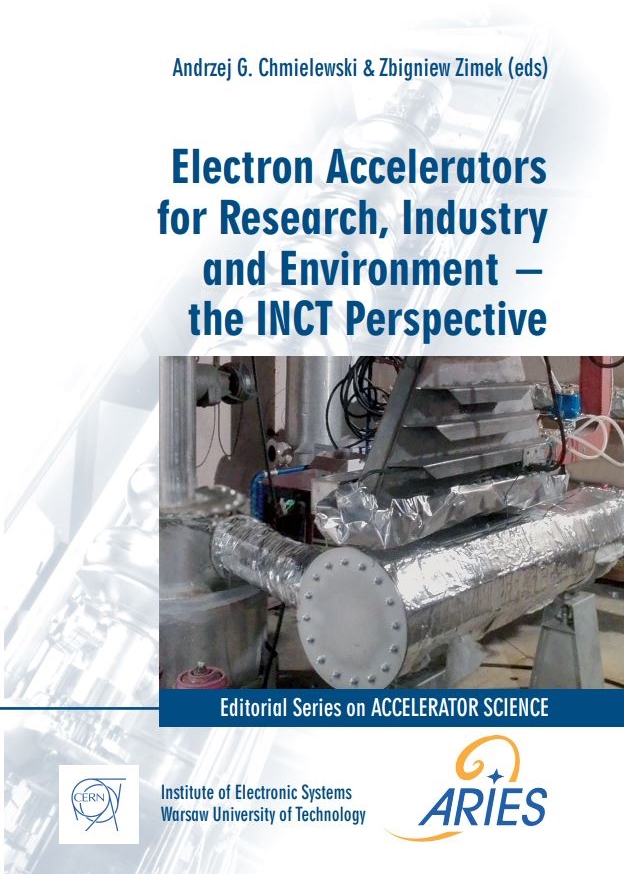 |
Vol. 52: Electron Accelerators for Research, Industry and Environment − the INCT Perspective Andrzej G. Chmielewski & Zbigniew Zimek (Editors), 236 pages This book is a result of work carried out under the Horizon 2020 ARIES project and concerns the development of new technologies to ensure that future accelerators will be more affordable, reliable, sustainable and more effective. Considerations include energy efficiency, new accelerator conceptions, new high-temperature superconductors, new superconducting coatings and new materials for thermal management |
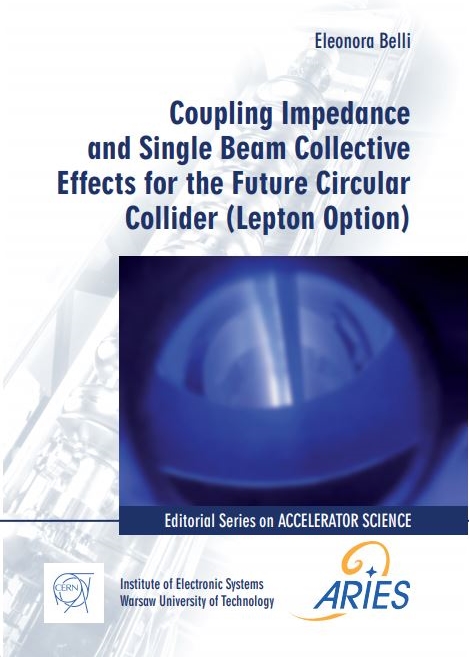 |
Vol. 53: Coupling impendance and single beam collective effects for the Future Circular Collider Eleonora Belli, PhD Thesis, 161 pages By analyzing the structure of this mode, whose presence has been confirmed with CST simulations in the frequency domain, longitudinal slots and a water-cooled absorber were designed and included in the IR model to reduce the power loss and to prevent vacuum degradation. |
|
Vol. 54: Beam Tests and Commissioning of Low Emittance Rings Proceedings S. Casalbuoni, A.S. Müller & F. Zimmermann (Editors), Workshop Proceedings, 112 pages The workshop “Beam Tests and Commissioning of Low Emittance Storage Rings” was held at the KIT Campus South in Karlsruhe from 18 to 20 February 2019. The workshop, organized under the auspices of the ICFA Beam Dynamics Panel, was part of ARIES Work Package 7, RULE, and co-supported by ARIES Work Package 6, APEC. A workshop focus was on beam tests and commissioning of low emittance rings such as MAXIV and SuperKEKB, as well as on preparation procedures, components and tests necessary for commissioning of the upcoming low emittance rings, like ESRF-EBS, SIRIUS, HEPS, ALS-U, PETRA-IV etc. Similarities and synergies with future circular colliders were evidenced. The present proceedings consist of summaries from the chairs of the seven workshop sessions, which are accompanied by individual contributions. |
|
|
|
Vol. 55: The 1st Workshop on Efficient Neutron Sources (ENS2019) Y. Charles, D. Kiselev, A. Takibayev, M. Wohlmuther, L. Zanini (Editors), 94 pages The first workshop on Efficient Neutron Sources, ENS2019, was held at the Paul Scherrer Institut (PSI) in Villigen, Switzerland, on 2-5 September 2019. The workshop, organized by PSI and ESS (European Spallation Source), was part of the Work Package 4: Efficient Energy Management of the ARIES program. Neutron sources are used in various research fields, including condensed matter, fundamental physics, and medical applications. The workshop was dedicated to discuss the state-of-the-art and new ideas to design more efficient neutron sources. These proceedings consist of an introductory article summarizing the key points from the talks and from discussion sessions on the topical areas, followed by extended abstracts of the individual talks held by the participants. |
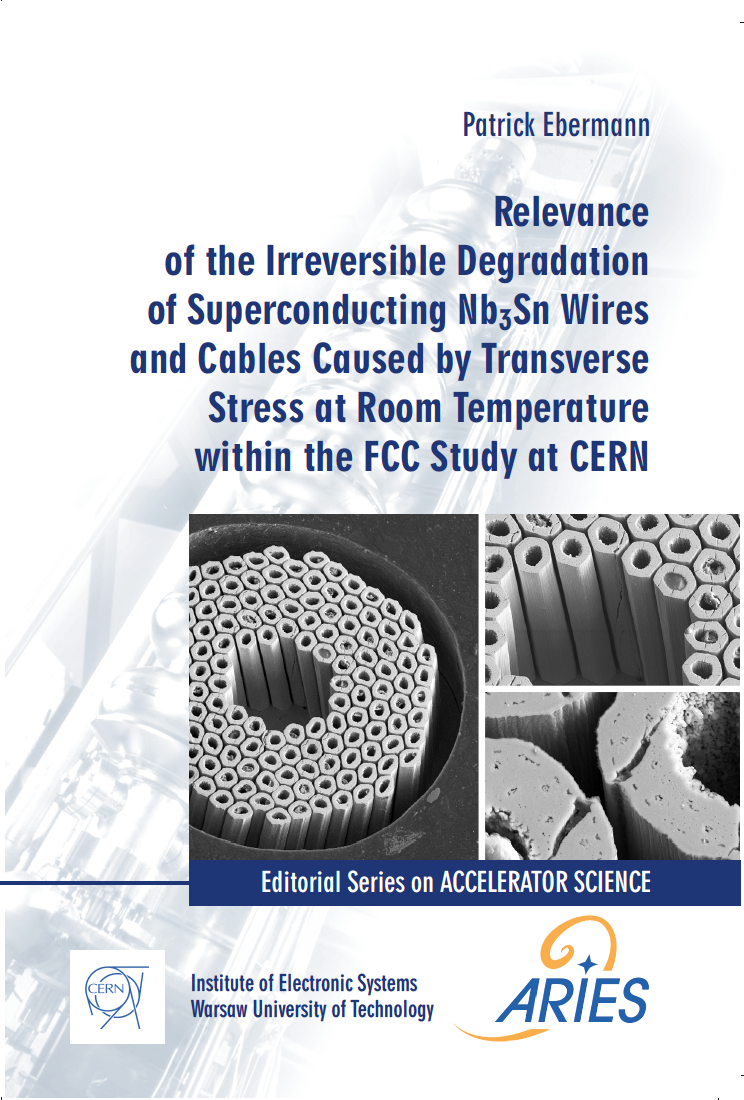 |
Patrick Ebermann, PhD Thesis, 109 pages The objective of this thesis is to analyse the irreversible performance loss of the superconduc-tor caused by transverse compressive stress exerted at room temperatureduring magnet assembly,especially during the force-restraining procedure. First, a cable study was launched to obtain quantita-tive results of the degradation under conditions mimicking the real situation during magnet assembly. Additionally, the degradation mechanism was investigated in detail on single wires. |
 |
Vol. 57: Analysis of a Novel Toroidal Configuration for Hadron Therapy Gantries Enrico Felcini, PhD Thesis, 199 pages GaToroid is a novel concept of toroidal gantry for hadron therapy. The operating principle of this configuration allows the delivery of clinical radiation doses from a discrete number of angles avoiding magnets as well as patient rotation. Large acceptance, fixed configuration and superconducting magnets offer an interesting reduction of size, weight and cost of the gantry and related infrastructures, creating an attractive alternative to the state of the art. |
 |
Marco D'Andrea, PhD Thesis, 144 pages This PhD work details the main results of crystal collimation activities carried out at the CERN accelerator complex in 2018, with particular focus on tests with Pb ion beams at the LHC, which allowed to demonstrate the cleaning improvement provided by this collimation scheme. The code development effort aimed at improving the available simulation tools for crystal collimation with proton beams is also described, using applications beyond ion beam collimation explored at CERN as case studies. |
